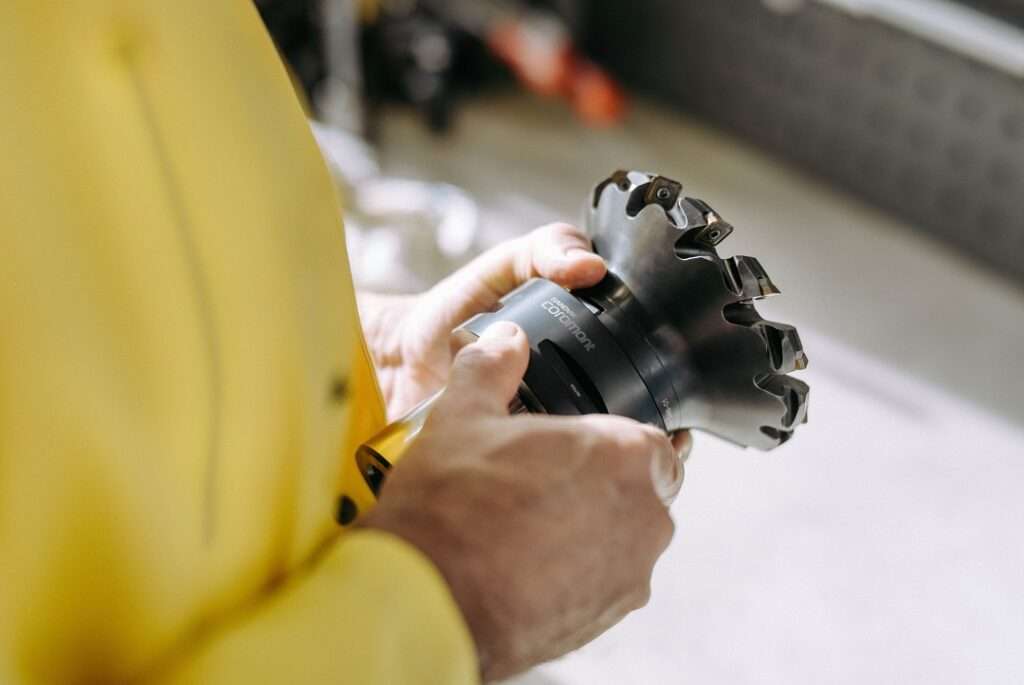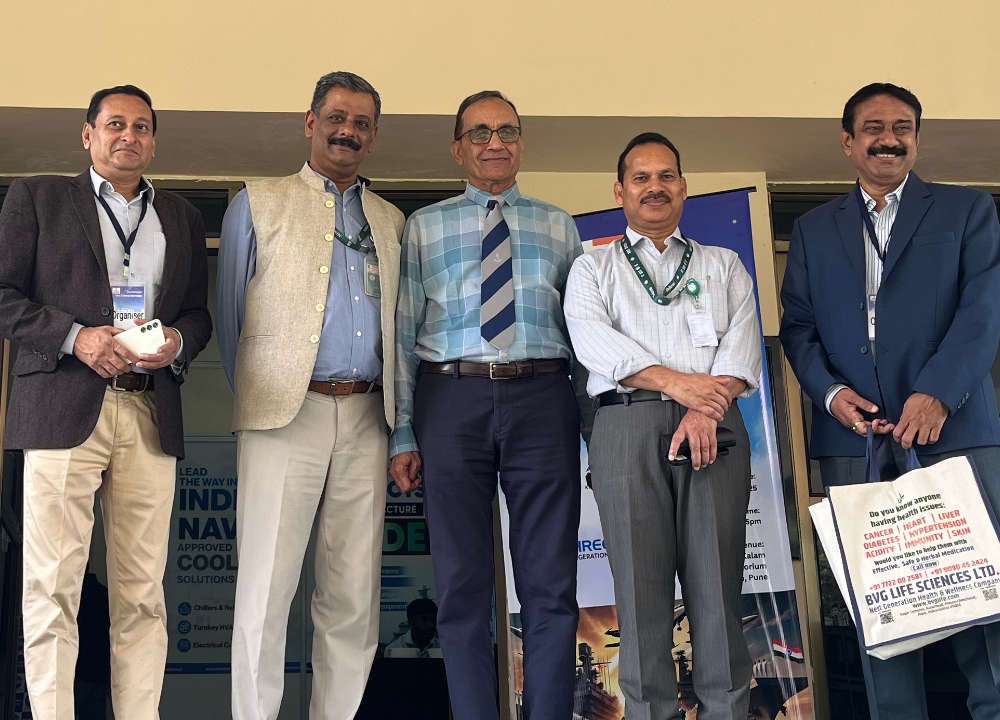RB Grover, a member of the Atomic Energy Commission, announced in Ahmedabad on Saturday that India’s 220 MW Pressurised Heavy Water Reactor (PHWR) is undergoing modifications to be repurposed as Bharat Small Reactors (BSR). This initiative is part of preparations for transitioning the technology to the private sector.
According to Grover, India already operates several 220 MW PHWRs across various locations, including Narora in Uttar Pradesh, Rajasthan, Kakrapar in Gujarat, Kalpakkam in Tamil Nadu, and Kaiga in Karnataka. Grover explained that the Bharat Small Reactors are essentially enhanced versions of the existing 220 MW PHWR design. These upgrades involve incremental improvements rather than a complete redesign.
“We are not introducing a new concept but refining an existing and proven technology,” Grover remarked during an event at the Indian Institute of Management-Ahmedabad (IIM-A). He emphasized that while other nations might be reinventing similar technologies, India’s approach leverages its well-established 220 MW reactor design.
The Nuclear Power Corporation of India Limited (NPCIL) is currently working on detailed drawings for these modifications. Grover assured that the changes are minimal and focused on enhancing safety and efficiency. Specifically, the new 220 MW reactors will include a steel liner and upgraded control and instrumentation systems. Grover highlighted that these safety enhancements will make an already secure reactor even safer. The modifications are expected to be completed within a year.
Finance Minister Nirmala Sitharaman, in her Budget speech for the financial year 2024-25, announced that the government plans to collaborate with the private sector for the deployment of Bharat Small Reactors. Additionally, there will be efforts in research and development for Bharat Small Modular Reactors (BSMR).
The PHWR technology in India has its roots in Indo-Canadian nuclear cooperation, with the initial 220 MW reactor construction starting in the 1960s at Rajasthan Atomic Power Station-1. However, following the Pokhran-1 nuclear tests in 1974, Canadian support was withdrawn. Consequently, India independently developed and standardized the design for the 220 MW reactors, paving the way for their continued use and adaptation.
The Atomic Energy Commission (AEC) is an Indian government body responsible for formulating policies and overseeing the development and use of nuclear energy. Established in 1948, the AEC plays a crucial role in managing nuclear power generation, research, and technology in India, ensuring safety standards, and advancing the country’s nuclear capabilities.








